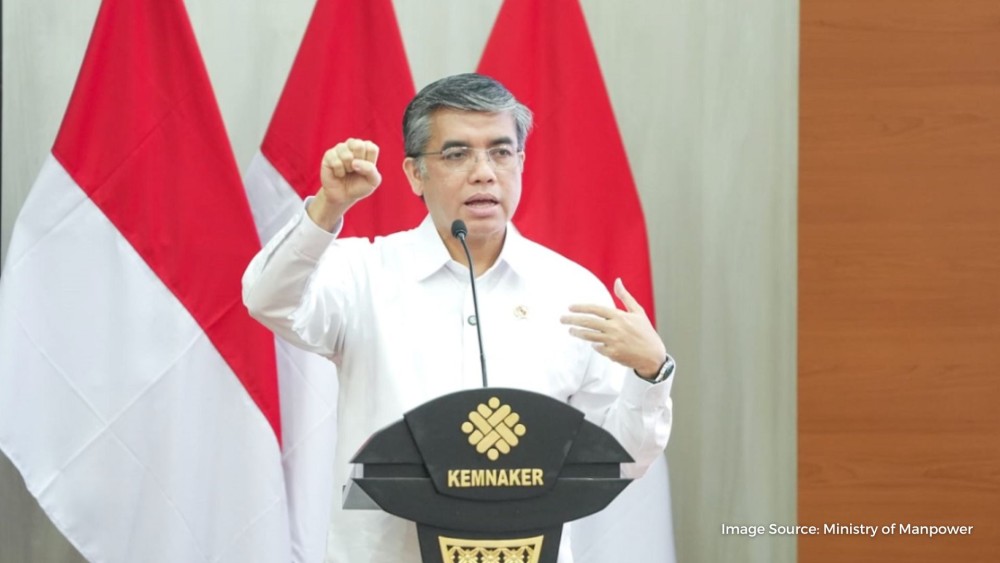Bank Indonesia Maintains 6% Interest Rate in October 2024, Signals Room for Future Cuts
17 Oct 2024

Bank Indonesia (BI) has decided to keep its benchmark interest rate, the BI-Rate, steady at 6% in October 2024, following a 25-basis point cut in the previous month. The central bank also maintained the deposit facility rate at 5.25% and the lending facility rate at 6.75%.
“This decision aligns with our monetary policy to ensure inflation remains controlled within the target range of 2.5% ±1% for both 2024 and 2025, while also supporting sustainable economic growth,” said BI Governor Perry Warjiyo during a press conference in Jakarta on Wednesday, October 16.
The decision reflects BI's focus on stabilizing the rupiah amid rising global financial uncertainties. "There is still significant uncertainty in global financial markets, and that’s why we are focusing on stabilizing the rupiah," Perry explained.
Despite holding rates this month, Perry hinted that there is still room for further rate cuts in upcoming months, though patience is necessary. "The stance remains the same, but there’s a need to be patient," he said.
Economists See Potential for Rate Cuts by Year-End
While BI opted to hold its rate in October, several economists see the possibility of a further cut before the year ends. Recent signs of rupiah stabilization over the past week have raised optimism in the monetary outlook.
“With less than three months left in 2024, we believe BI still has room to lower rates further,” said Teuku Riefky, a researcher in Macroeconomics and Financial Markets at the Institute for Economic and Social Research, University of Indonesia (LPEM FEB UI).
He added that a rate cut could be an important tool for stimulating aggregate demand in the real sector, particularly if deflationary trends continue. Josua Pardede, Chief Economist at Bank Permata, echoed this view, pointing out that if core inflation remains within BI’s target, a rate cut could support economic growth.
Global Financial Uncertainty and Geopolitical Risks
Perry also noted that global financial market uncertainty has increased, driven by heightened geopolitical tensions in the Middle East. While global growth is expected to reach 3.2% in 2024, it is likely to slow.
At the same time, global inflation is on a downward trend, which has prompted monetary easing in advanced economies. In the U.S., improvements in unemployment figures and lower inflation expectations have shifted market expectations toward a smaller-than-anticipated decrease in the Federal Funds Rate (FFR).
“This has led to a rise in yields on U.S. Treasuries and a stronger U.S. dollar index (DXY),” Perry said, adding that BI will continue to closely monitor these developments.
Original article here
This article is published in partnership with Katadata






